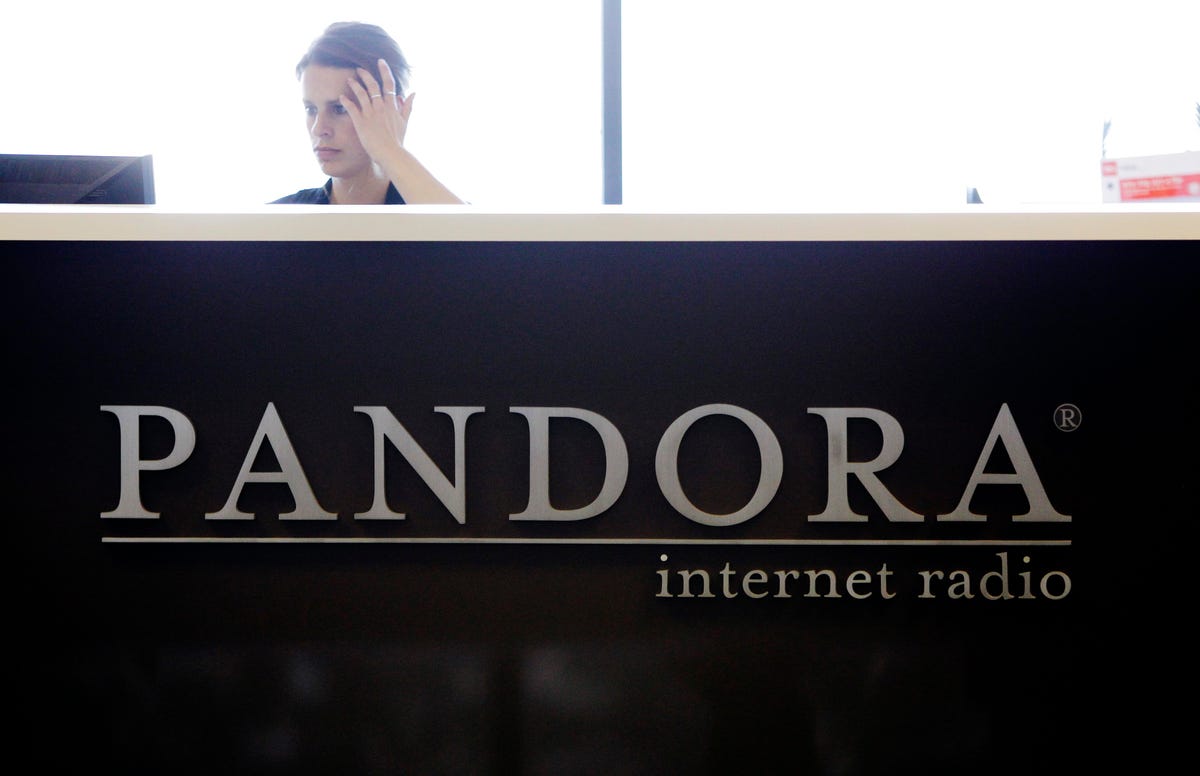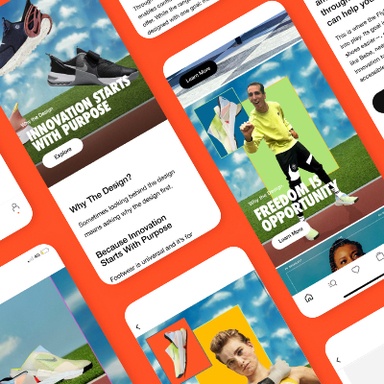
TV commercial costs are the total price for placing a commercial on TV. It includes the cost of developing, producing and distributing the ad. This can range from $100 to several thousand dollars.
Promoting your business via television can be a cost-effective way to reach new clients and increase brand awareness. It is essential to be aware of the cost of commercial television before you begin any project.
The average tv commercial cost is $342,000 per 30 seconds and this figure can vary depending on your budget and target audience. This can be due to many factors, including location, time, and production value.
The national tv commercial cost may be higher than local costs. This is because the national broadcast stations charge more to advertise. They also charge per impression.
If you are looking to save money, you can run your tv commercial on a smaller network or channel like ITV or CITV. These channels can be targeted to specific audiences and are cheaper.

It is possible to save money by running local tv ads in the vicinity of your business. This is especially helpful if you have limited marketing funds because it can help you reach your desired audience at a lower price point.
In-program ad placements are a popular method to reduce tv commercial cost because they allow your ad to air during a program that is already popular. These placements can be extremely effective, and are sometimes even free.
It is also dependent on the production value, the size of the audience and the location. A high-quality commercial on television that is seen by hundreds in large cities can run into the thousands.
The equipment used for a tv advertisement can vary depending on the production crew. You might need cameras, microphones and lighting.
Before you can start a tv advertisement, it is important that you identify your target audience. This will help you to decide if a tv commercial is the best option for your company.
A tv commercial is a short video program that is produced and paid for by businesses and organizations. They often promote a product, service, or advocate for an idea.

They can also be used to announce an event or a special offer. For millions of viewers, advertisers can pay millions for their Super Bowl commercials.
Although it can be very expensive to broadcast a commercial to tv, it is well worth it to get the message out. Because the more people who see your commercial on tv, the more likely they will be to become customers.
It is possible to spend a lot on tv commercials. However, it is important to get to know your target audience so that you can create an effective campaign. This will ensure that you are getting the most bang for your buck.
FAQ
What is affiliate marketing?
Affiliate marketing is an online model that allows you to earn commissions for referring customers to other websites. When someone purchases from you, the product owner will pay you.
Affiliate marketing is built on referrals. People don't need to do anything to purchase from you. Simply refer people to the website.
There are many ways to make money, without having to do any selling. It's equally easy to sell and buy.
In minutes, you can also set up an affiliate account.
Referring as many people as possible will increase your commission.
There are two types affiliates.
-
Affiliates who have their own websites
-
Affiliates who work for companies that offer products and services.
What should you know about radio advertising
It is important to understand the interdependence of different media types. All media forms can be considered complementary, rather than competing.
Radio advertising is best when used in conjunction with television. Radio complements television advertising by reinforcing key messages or providing additional information.
TV commercials are often too long for radio listeners. Radio ads are usually shorter and less expensive.
How much does it cost for social media advertising?
If you decide to go this route, you should know that social media advertising is not free. You'll be charged monthly according to how long you spend on each platform.
Facebook - $0.10 per 1000 impressions
Twitter - $0.20 Per 1,000 Impressions (if you tweet).
Send out invitations on Linkedin for $0.30 per 1000 impressions
Instagram: $0.50 per 1,000 impressions
Snapchat - $0.60 per 1,000 impressions ($0.40 per user)
YouTube - $0.25/1000 views
Tumblr - $0.15 per 1,000 impressions for text posts.
Pinterest - $0.05 per 1,000 impressions per month
Google + - $0.15 - $0.20 per 1 Million Impressions
Tumblr: $0.15-$.20 per 100,000 impressions
Vimeo - $0.20 - $0.25 for 10,000 impressions
Soundcloud: $0.20-$0.25 Per 1 Million Plays
StumbleUpon - $0.20 -$0.25 per 1 billion pageviews
Digg - $0.20- $0.25 for 1000 diggs
Reddit – $0.20-$0.25 Per 1000 Comments
Wordpress - $0.20 to-$0.25 for 500 comments
Flickr - $0.20 -- $0.25 per 5,000 photo uploads
How can you choose your target audience?
Begin with you and your closest friends. Do you not know where to start? Ask yourself "Whom do I want to reach?"
Ask yourself the following questions: Who are my industry's most influential people? What are their biggest challenges? Who are the smartest people in my industry? Where do they hang out online?
Take a look back at how you started your company. What motivated you to start your business? What problem did you solve for yourself, and how did you do it?
These questions will enable you to identify your ideal client. These answers will help you understand your ideal clients and what motivates them to buy from you.
To get clues about who they cater to, you can also check out your competitors' social media pages and websites.
Once you identify your target customers, then you must decide which channels to use to reach these people. You might, for example, create a website to target home buyers if you offer services to real-estate agents.
A blog could be created if your software is offered to small businesses.
You could also create a Facebook account for teens if you sell clothing. If you own a restaurant, you can set up a twitter account to provide information for parents searching for child-friendly options.
This is the point: There are many ways to communicate your message.
What is an advertising buyer?
Advertising space is purchased by an advertiser on TV, radio and printed media.
An advertiser pays for the time they want their message to appear.
They don't necessarily want the best ad, but they are more interested in what is most effective at reaching their target audience.
Advertisers might have certain demographic information about potential customers. This could include age, gender income level, marital status and occupation as well as hobbies, interests, and so on.
This data can be used by the advertiser to decide which media is most effective for them. For example, they might decide that direct mail would be more effective with older audiences.
Advertisers also consider the competition. Advertisers might place their ads near similar businesses if they see them.
Advertisers should also consider how much money they have available and how long it takes to use it.
What is an ad campaign?
A campaign is a series advertising messages that are designed to promote a product. This could also include the entire production of these ads.
The Latin word "to sell" gave rise to the term "ad". The first known use was by Marcus Terentius Varro (116-27 BC), who used it as a verb meaning "to make a sale."
Advertising campaigns are often carried out by large agencies or companies. They may involve many different media types, including print, television, radio, internet, etc.
Advertising campaigns can last up to six months and have specific goals. Some campaigns are designed to increase awareness, while others aim to increase sales.
What is the primary purpose of advertising?
Advertising is not just about selling products; it's also about creating an emotional connection between you and your customers.
Advertising is all about communicating ideas and values with people who are already interested. It is about changing attitudes and minds. It's also about creating relationships.
It is all about making people feel good.
However, if your customers don't want what you have to offer, you won't be able to sell anything.
Prior to you begin any advertising project, make sure you understand your customer's buying habits and needs.
You can then design ads that resonate with them.
Statistics
- Worldwide spending on advertising in 2015 amounted to an estimated US$529.43 billion. (en.wikipedia.org)
- Google will display whichever ad type (CPM or CPC) is expected to earn more revenue for the publisher, which is in Google's best interest since they take a 32% share of the revenue. (quicksprout.com)
- It's 100% reliant on your website traffic. (quicksprout.com)
- Advertising spending as a share of GDP was about 2.9 percent. (en.wikipedia.org)
External Links
How To
How do I advertise on Google?
AdWords is Google’s advertising platform that allows businesses to buy ads using specific keywords. The first step is setting up your account. Set the budget, select the campaign name, and then add keywords. You then place your bids on these keywords. Clicking on an advertisement will only result in you being paid if the click is from someone who searched one of your targeted keyword phrases. You get paid even if people don't purchase anything.
Google offers many tools to help ensure that your ads are effective. These tools include Ads Preferences Manager Manager, Keyword Planner and Analytics. These tools allow you see which options work best for your business.
A keyword planner helps you determine which keywords to use for your campaigns. You can also see how competitive certain keywords are, which will help you decide whether to spend money bidding for them.
Ads Preferences Manager allows you to modify settings like the maximum number impressions per day, and the minimum cost of each click.
Analytics lets you track the performance of your ads and compare them to competitors. You can also view reports that show how well your ads compared to others.